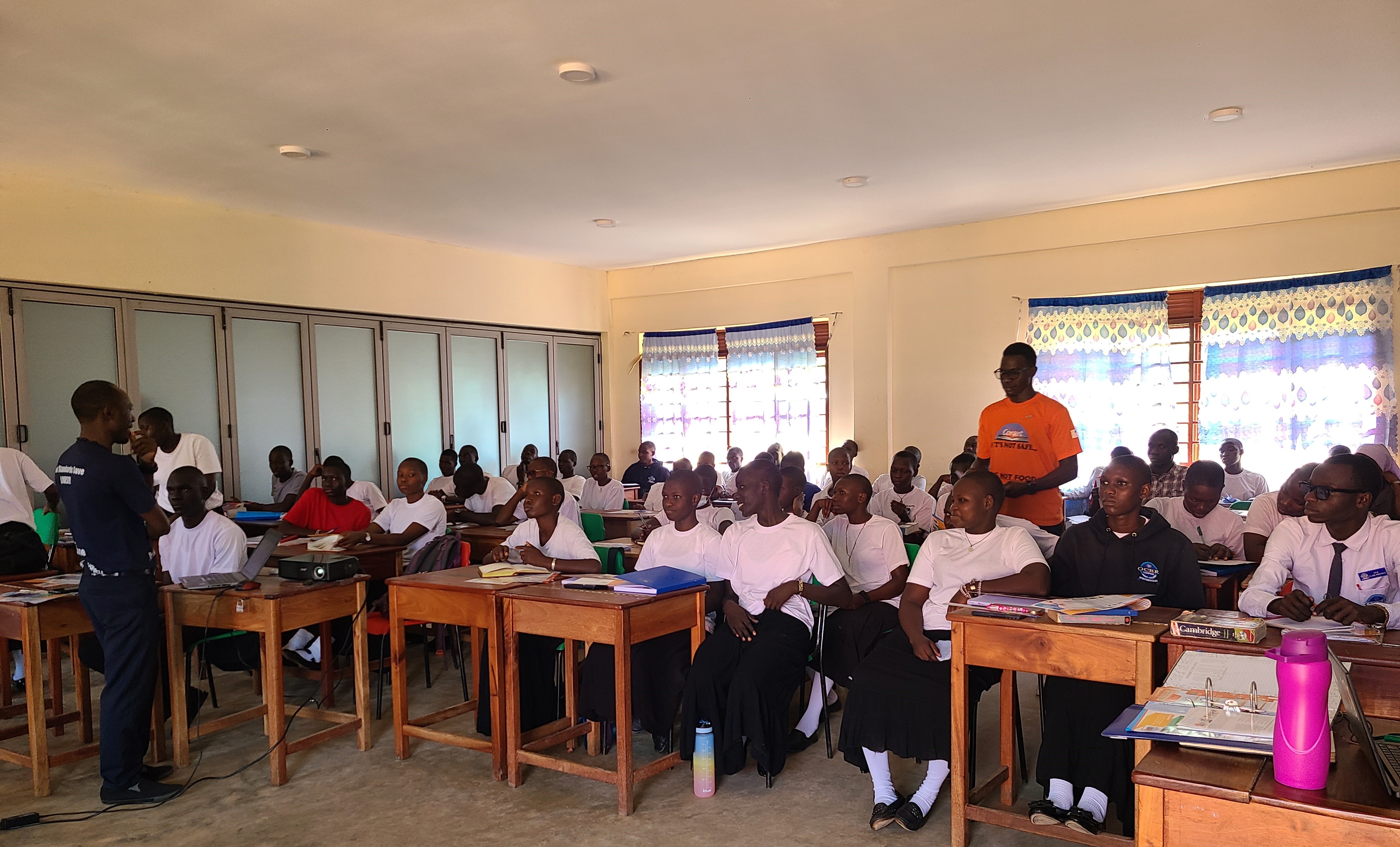Back in high school, our canteen was renowned for “spaces,” these delightful half cakes known as mandazi. Break time turned into a battlefield where eager students jostled and pushed to secure these coveted treats. If spaces ran out, alternatives like chapatis, samosas, chaps, and sausages existed, but nothing quite matched the satisfying feeling spaces provided, especially for us girls. Priced at 500 Uganda shillings each, most of us would grab two, knowing they’d keep us full until lunch. What made spaces a hit wasn’t just the price but their ability to stay in our stomachs for hours, remaining fresh even till evening. Some of us relished adding a sprinkle of salt to heighten their taste. The canteen always had them flying off the shelves, alongside chapatis.
These “eats” were brought in by an outside source, usually arriving hot in the morning on a boda boda, tucked in a plastic picnic basket. As we tore into the spaces, we’d notice traces of black cooking oil, but with limited options, we shrugged it off, assuming it came from using the same oil for different snacks.
The school provided buns and boiled eggs for breakfast alongside tea, but nothing matched the appeal of those spaces. Despite enjoying these treats, reflecting on food safety now makes me shudder. Back then, shortcuts and creative ways to enhance our meals seemed acceptable.
There were moments that startled us, like finding a dead rat in the tea tank, but we quickly moved past it, trusting that if everyone was doing it, it must be safe.
One cherished post-visit meal involved transforming noodles or spaghetti into a delightful snack. Exhausted after evening prep, we’d soak them in the tea from our flasks or water for a few minutes, adding spices for a delicious treat. Those without flasks would leave them soaking while in class, later draining and seasoning them—a convenient solution when supplies ran low after visiting days.
As resources dwindled, some of us resorted to stashing half of our dinner for a late-night meal, never really considering the food’s temperature or potential exposure to insects. Hunger overrode any concerns.
Reflecting on our water source, it’s hard to recall its safety. Our chant seemed to be “what doesn’t kill you makes you stronger.”
Food safety conversations often seem confined to adults. How much do your children know about it? Are they aware of the risks of storing hot food in plastic containers? Do they understand the bacterial risks associated with cold food? And what about cross-contamination from using the same knife or cutting board? How long do you keep dishcloths or sponges in your home? These everyday items can be breeding grounds for bacteria.
How familiar are you with food safety? It’s worth considering, especially when it comes to ensuring the health and well-being of your family.
IF ITS NOT SAFE, ITS NOT FOOD.

